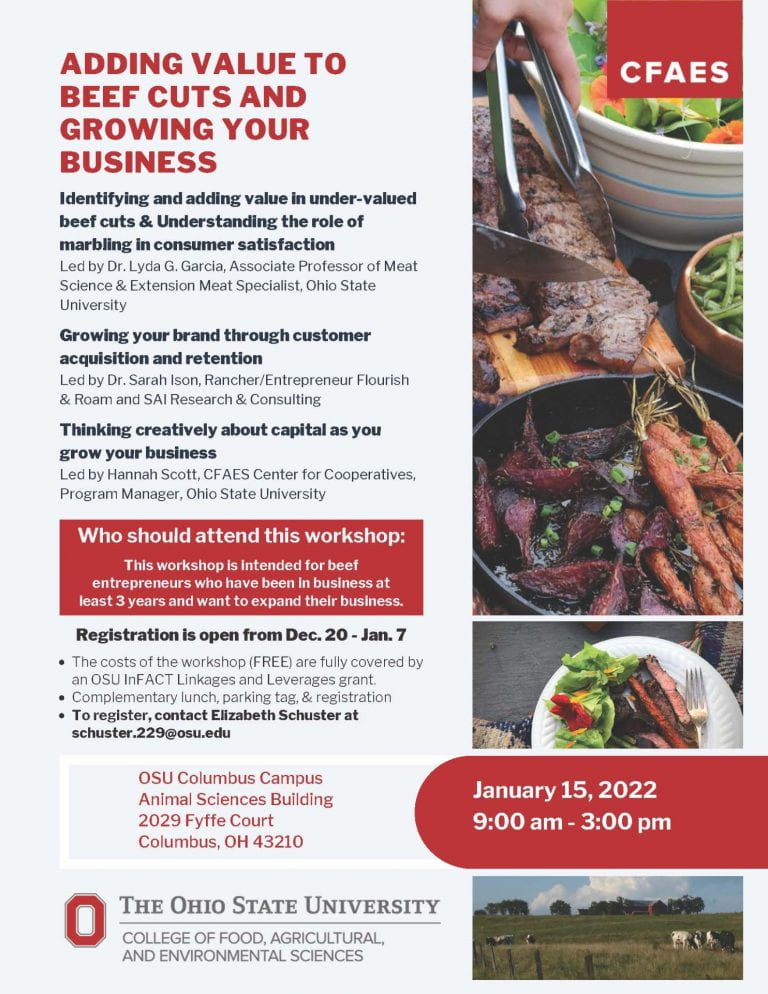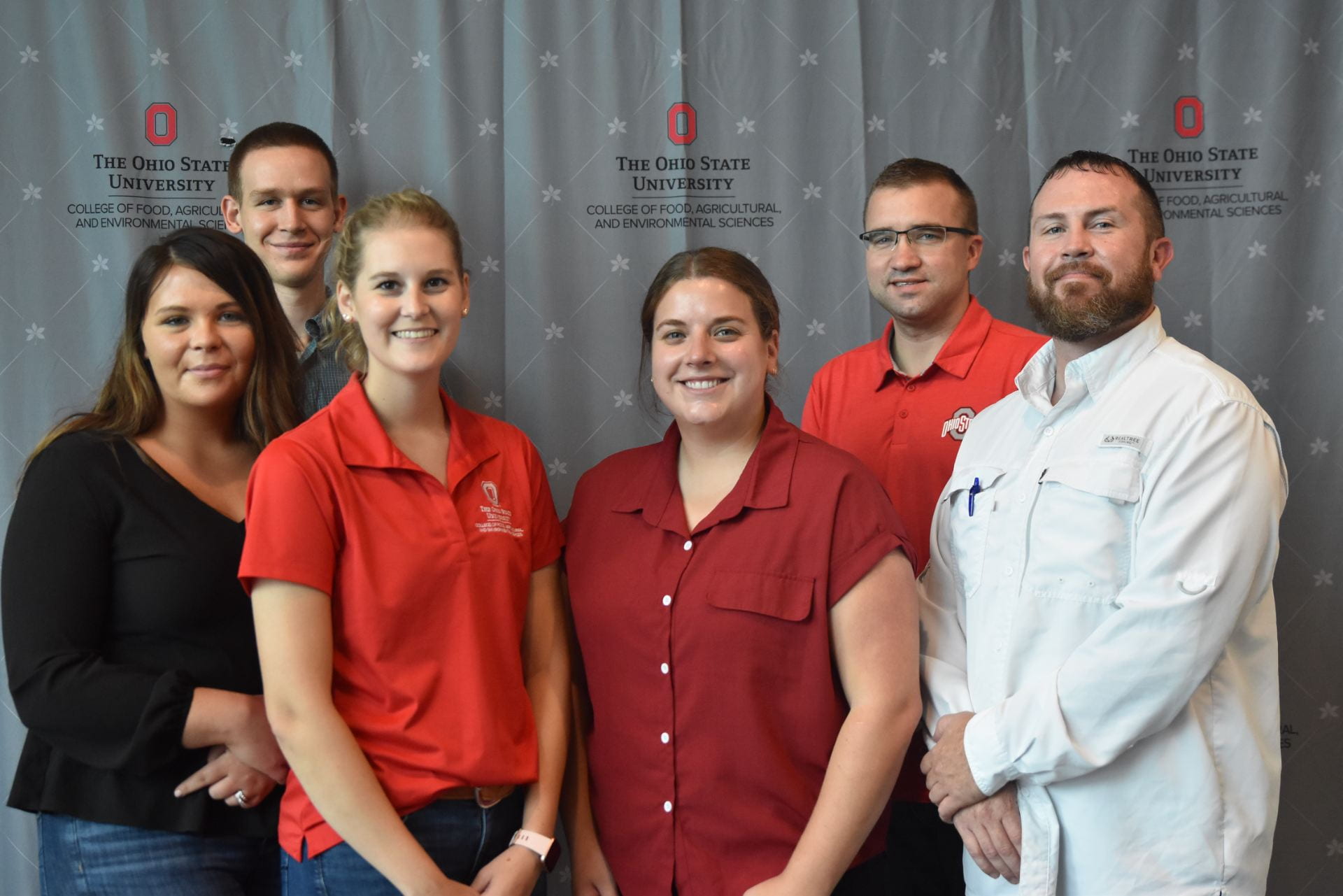By Clint Schroeder
Join OSU Extension at the Allen County Fairgrounds, in Lima, Ohio, on Tuesday, February 8, 2022, starting at 9:00 a.m. for the Allen County Ag Outlook and Agronomy Day. The morning session will focus on commodity market outlook and ag policy. In the afternoon you will find answers to your agronomy questions, obtain pesticide applicator and fertilizer recertification credits, and CCA education hours as you prepare for the next growing season. The program will wrap up at 3:30 p.m.
Please RSVP by January 31, 2022 by contacting OSU Extension Allen County at 419-879-9108 or email Clint Schroeder at schroeder.307@osu.edu. The event will be held in the Youth Activities Building on the Allen County Fairgrounds, 2750 Harding Highway, Lima, OH 45804.
Doors open at 8:30 a.m; event starts at 9 a.m. Pre-registration by 1/31/2022 is required and the $15 admission can be paid at the door. Registration fee covers coffee and rolls, lunch, information packet, and education credits.

 This 1-day workshop, being held on January 15 in the Animal Sciences Building on the OSU Campus, is designed for beef producers and culinary businesses who are looking to grow their business. This training was inspired by findings from the Catalyzing Food Entrepreneurship research project, partially funded by the Ohio State University’s Initiative for Food and AgriCultural Transformation. The research found that there is a gap in entrepreneurial trainings for small-scale food producers who want to scale up and access new markets. This training was designed as a pilot to fill that gap in Ohio.
This 1-day workshop, being held on January 15 in the Animal Sciences Building on the OSU Campus, is designed for beef producers and culinary businesses who are looking to grow their business. This training was inspired by findings from the Catalyzing Food Entrepreneurship research project, partially funded by the Ohio State University’s Initiative for Food and AgriCultural Transformation. The research found that there is a gap in entrepreneurial trainings for small-scale food producers who want to scale up and access new markets. This training was designed as a pilot to fill that gap in Ohio.
 Our final A DAY in the WOODS program for 2021 “Woodland Boundaries” will take place on December 10, at 10 am to 11:15 via Zoom Webinar. This program will be presented by Mark Rickey, State Service Forester with ODNR-Division of Forestry, and Dave Apsley, Natural Resources Specialist with Ohio State University Extension. Join us on December 10 to:
Our final A DAY in the WOODS program for 2021 “Woodland Boundaries” will take place on December 10, at 10 am to 11:15 via Zoom Webinar. This program will be presented by Mark Rickey, State Service Forester with ODNR-Division of Forestry, and Dave Apsley, Natural Resources Specialist with Ohio State University Extension. Join us on December 10 to:

